Customers are the lifeblood of businesses.
The reason for that is quite simple – without customers, businesses cannot generate revenues or profit. They cannot scale their operations and eventually grow. In other words, if you want to succeed as a business, you need to find ways to get people to buy from you.
? Read Creating a Marketing Strategy that Works: Benefits, Steps, Tools
But getting people to buy from you isn’t as easy as it sounds. Customers are people, which means they won’t necessarily take action if you simply tell them to make a purchase. As a business, you need to connect with them first before they can take your word for it and be convinced about the purchase.
In short, you need to create brand affinity.
What is Brand Affinity?
Brand affinity goes beyond just brand awareness or creating a relationship with the customer that encourages continued use of a product. Brand affinity is the emotional connection an audience has towards a brand.
It can be a metric for users who have reached the highest level of customer satisfaction — the advocate or evangelist stage. That means brand affinity is the rate at which your customers become advocates.
At the advocate or evangelist stage, your loyal customer base starts recommending you to their friends, defending you online, and actively seeking out your services.
Read Meeting Customer Needs: 7 Ways to Get to Know Your Customers Better
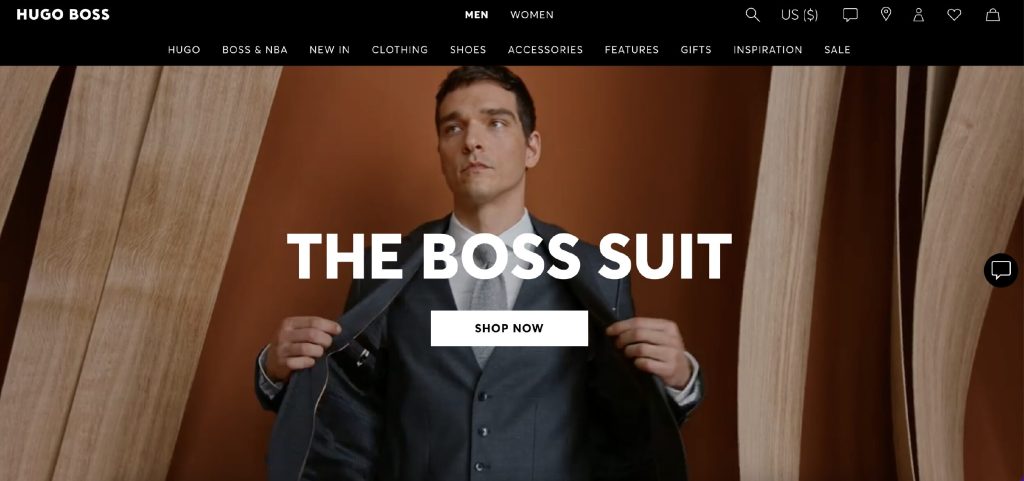
Growing your brand affinity doesn’t just help increase your sales. It also establishes your brand as a reputable brand with a unique quality and a specific culture. Take, for example, Hugo Boss, which is seen as an executive-level premium clothing brand.
How Can You Increase Brand Affinity?
You may not be an enterprise-level business like Hugo Boss. However, there is still a way to build brand affinity.
This affinity is significant in the B2B industry, where clients will seek out the best cost per value instead of deciding on impulse.
Here’s how you can increase it.
1. Know your audience well
Before increasing brand affinity, a business must first know its audience well. You can’t craft the best ads, landing pages, and business websites without knowing your audience. That’s why audience research is one of the most critical best practices in B2B website design, landing page design, creating ad strategy, etc.
Understand your audience’s goals and problems. What does your audience want to achieve with your product/service? What sort of problems do they look to solve?
You should also understand what their day-to-day may look like when they’re not engaging with your brand. Do they power through a nine to five? Do they go for strolls in the park?
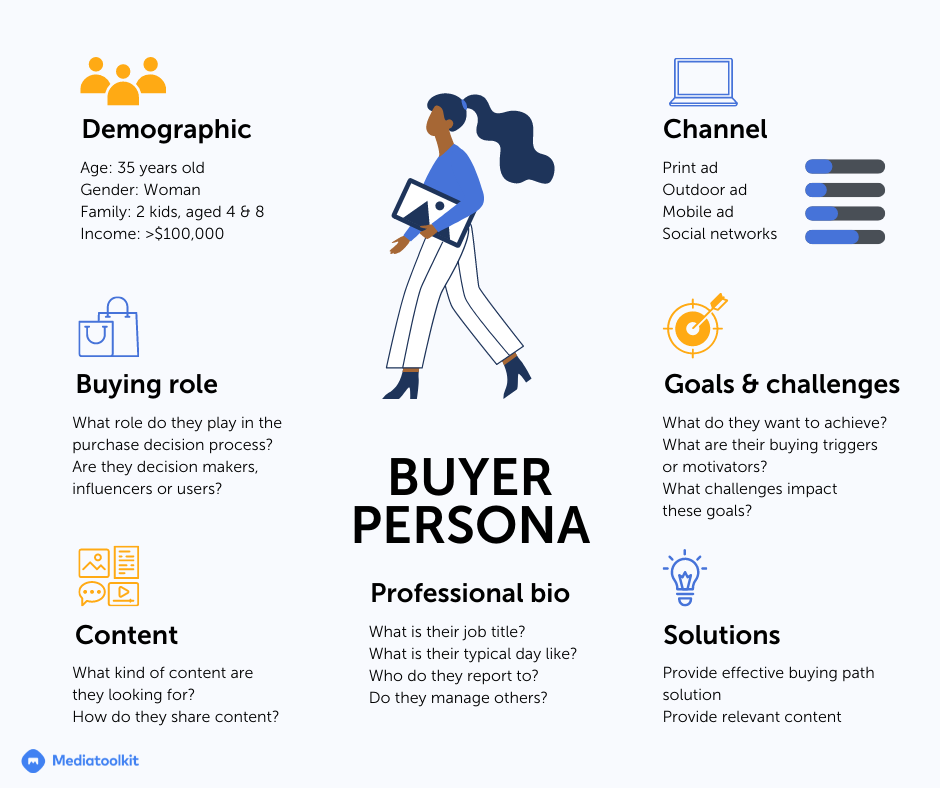
Create a buyer persona. This data should include:
- Gender
- Age bracket
- Geographics
- Economic status
- Educational attainment/career
- Interests
This data can help you create content that resonates with your audience. Grannies in their 60s won’t necessarily understand street lingo. Nor would young professionals in their 20s know what a gramophone is.
For example, the best B2B company blogs know their audience is likely to be business-knowledgeable readers, so they don’t waste time explaining specific terms.
How to determine your best target audience?
But how can you gather data about your optimal demographic? One way is by marketing to a general audience. Once people start interacting with your social media campaign and making purchases from you, narrow down your most loyal customers’ age, gender, and geography.
The other one is to use a social listening tool and track online conversations. This will give you clear and unbiased opinions from people and can maybe reveal a target market you weren’t aware of, or may contribute to better defining your buyer personas.
After you find out your audience’s goals, problems, and human characteristics, you’ll be able to make a personal connection with them through your marketing efforts. That will help you build an emotional attachment with your audience, growing your brand affinity.
Read How to Do Market Research With a Media Monitoring Tool?
2. Identify and analyze your brand associations
You may have an idea of what you want your brand to be associated with, but the market may have a different opinion.
Knowing how your current target audience perceives you is beneficial to your business. This information will help you go about your marketing. What do people associate you with? Quality? Innovation? Luxury?
Shown below are McDonald’s brand associations. You can bet that their marketers create their campaigns with these associations in mind.
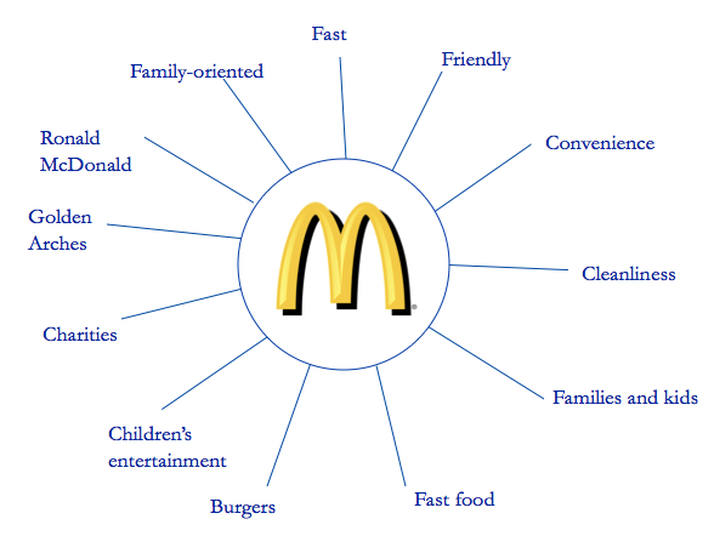
These brand associations should come from loyal customers and those who have purchased from you. How can you collect these associations?
Monitor brand mentions. Use brand monitoring tools to search the web for mentions of your brand and see what user-generated content comes up.
Seeing the context and content of these brand mentions will allow you to shape an accurate idea of how your brand is perceived.
Gather brand mentions and comments from customers and non-customers alike. In the context of brand affinity, both insights are equally important since you’re building a brand image. Do you want to be associated with ruggedness, comfort, or reliability?
Analyzing the sentiment around your brand will enable you to craft marketing that gravitates towards these perceived values. That way, your service will build affinity through these established brand associations.
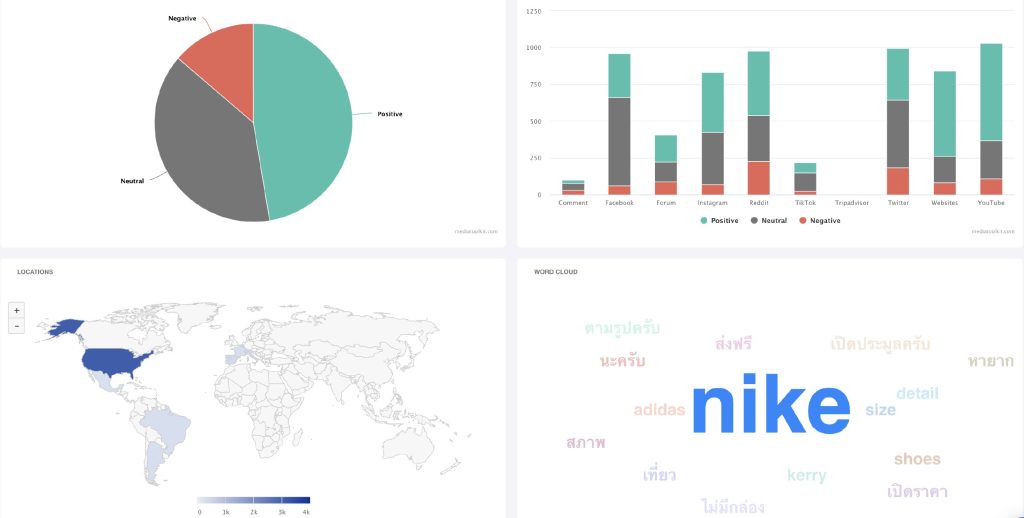
3. Find your brand identity and stick to it
You’ve understood the values the market associates with your brand. It’s important to understand that these associations won’t mean anything if your brand isn’t distinguishable. You should also look to establish your brand identity.
Your brand identity is the personality of your brand.
Your target market and your brand values should contribute to your brand’s voice. If you’re selling trucks to 40-year-old outdoor enthusiasts, one of your values should be reliability. How is that going to reflect in your brand’s identity?
Establish your brand’s guidelines.
Read Brand Reputation Management: Top 5 Tips for Success

Brand guidelines are a comprehensive list of style, values, and tone attributes your creative team should rely on when creating collateral for your brand. Brand guidelines include, but may not be limited to:
- Brand colors
- Brand tone
- Brand imagery
- Brand shapes
- Brand font
A clear-cut set of brand guidelines makes it easier for your marketing team to remain consistent with your brand’s identity. Consistency further establishes and solidifies your brand’s identity, making it more reliable and trustworthy.
You may also create a style guide for your marketing copy, whether social media captions, blog articles, or website copy.
Brand consistency aids in your efforts to build brand affinity. When people select a brand, they want to be identified with that brand’s identity. For example, a Mac-using market may want to be perceived as creative and may be classy.
4. Create valuable content
Beyond product quality and stellar customer service, your brand can also be attributed to a reputable image by creating valuable content.
Customers, especially those who research their problems, consume a lot of content. They look up their problems, and once they’ve determined a possible solution, they look for brands that provide the best service of that solution.
It would be helpful for your brand to create content that appears in front of these people. This process establishes your credibility and authority on the subject matter and gives you a chance to promote your services.
What kind of content should you be posting?
Create a lead magnet
Give potential customers and website visitors something of value. This lead magnet could be in the form of a free ebook, a free webinar, free access to an otherwise paid course, etc. They’ll give you their email address which you can add to your email list.
A lead magnet will maximize the reach of your email marketing campaign. But more importantly, if your lead magnet is informative, engaging, and inspiring, your email list will attribute authority to your brand. They’ll see you as an expert brand they can trust.
Create blog posts
As stated earlier, some consumers research their options instead of hopping on an impulse buy. You’ll need to create blog posts that inform, educate, and entertain your target audience.
You’ll need to understand your audience’s pain points to do that. Formulate an initial set of keywords for queries your target audience will likely search. Then, using keyword research tools or Google’s autofill feature, collect relevant queries which you can add to your list. You’d want to create blog posts for these search terms.
Optimize your blog posts so you can appear on the first search engine results page (SERP) by incorporating keywords into your content. Like the lead magnet, your audience will see you as a reputable brand when they come upon one, two, or more of your well-written blog posts.
Create social media posts
A potential customer may look you up on social media. Your loyal consumer base may want to follow you. Your social media posts appeal to loyal customers and non-customers alike.
After you’ve determined your audience, established your brand associations, and ascertained your brand identity, create social media posts consistent with these rules. Your social media posts should reinforce your brand associations and identity and appeal to the audience you have in mind.
Read How to Strengthen Your Digital Marketing Strategy with Social Media Monitoring
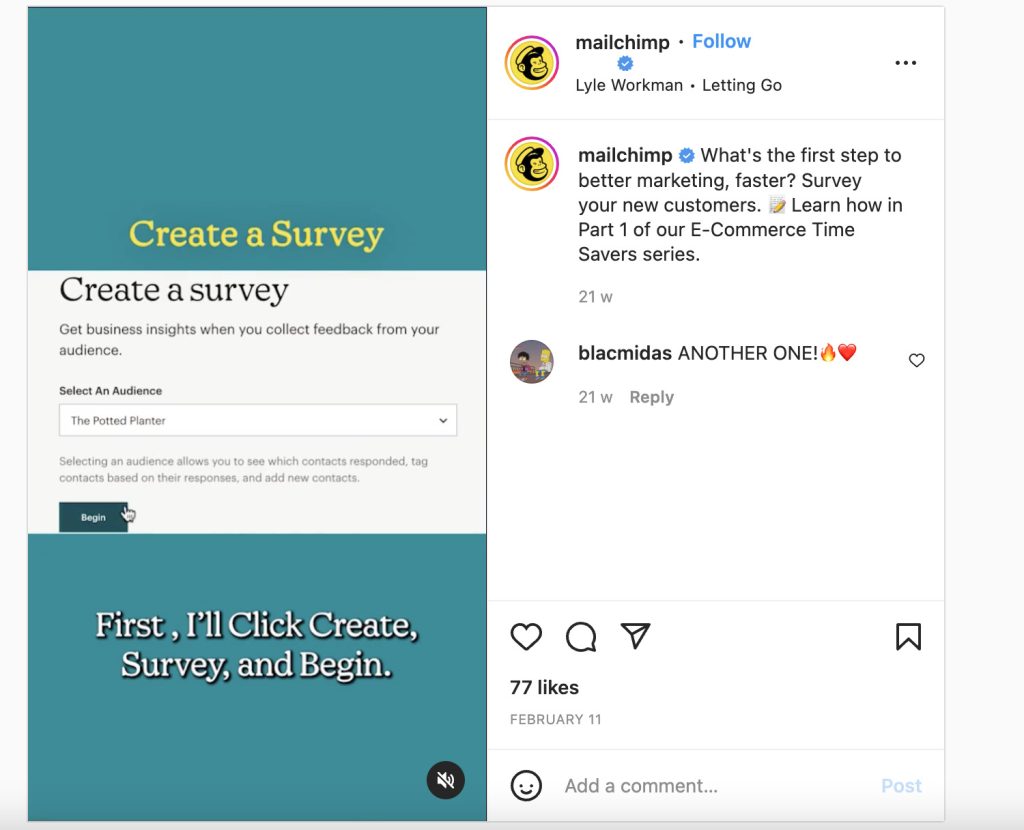
There are many ways to go about planning social media posts. One practical and often-used way is by repurposing content, typically blog posts. Sections of a blog post could be made into static graphics, short-form video content, or re-created in long-form video format.
There are various ways to conceptualize your social media content. Once you’ve gathered and created your social media posts, use a social media calendar to remain consistent with your post schedule.
Depending on your target audience and brand image, you may partner with influencers to create binge-worthy content. You can start a podcast for your marketing purposes as well. Dive into content marketing for more details on creating valuable content that will help your brand affinity.
5. Don’t focus only on lead conversion
Lead conversion is concerned with getting warm leads to purchase from you, thus entering the stage of being a customer. However, in the name of brand affinity, you must also reward loyalty.
A high conversion won’t necessarily translate to better affinity. Metrics you’d want to be looking at are:
- Return purchasers. Return purchasers are a good indicator of brand preference and affinity. This data is easily accessible if you’re an e-commerce site. It may be more difficult if you’re a physical store.
- Brand mentions. More people posting about you and mentioning you online is a positive indicator of increased brand affinity and online brand presence.
- Social media engagement. It shows the number of people engaging with your social media posts. A higher engagement-per-reach metric may indicate higher affinity.
- Net promoter score. A high net promoter score among your customer base means they are more likely to recommend your brand to their friends and family. Your NPS is a very valuable affinity metric. You can gather a net promoter score using surveys, forms, and marketing software.
- Engaged lead data. See if you have many leads reading your blogs and emails. This metric is an indicator of engaging customer relationships. Using customer relationships management software (CRM) and email tracking tools, you can gather this data.
Building brand affinity involves giving priority to the metrics mentioned above. Use these metrics to gauge the effectiveness of your affinity strategy.
In Closing
Your brand affinity is the healthy relationship you have with your customers. A strong brand affinity means you have a brand recommended by people to their peers. Your quality as a brand is established.
Increasing your brand affinity involves knowing your audience well so that you speak their language. It also involves identifying what people associate your brand with to know whether to go down that path or put more effort into establishing your brand’s core values.
Once you’ve done this, create or re-create your brand identity and remain consistent with your brand guidelines. Create valuable content for your audience courtesy of your brand. Measure vital brand affinity metrics such as return purchasers and NPS, not just lead conversion.
Incorporate affinity marketing into your marketing strategy. Not only will you increase your sales, but you’ll also gain a solid foothold in the market.
Ian Loew is a web entrepreneur and inbound marketing expert, and the Owner & Head of Business Development of Lform Design. After four years of helping Fortune 500 companies with MGT Design, Ian embarked on his freelance career before establishing Lform Design in 2005. He leads a team of creative professionals to deliver inspired online experiences via modern, responsive websites that reflect his clients’ core values. When not at the helm, Ian can be found mountain biking with friends or spending time with his family.




